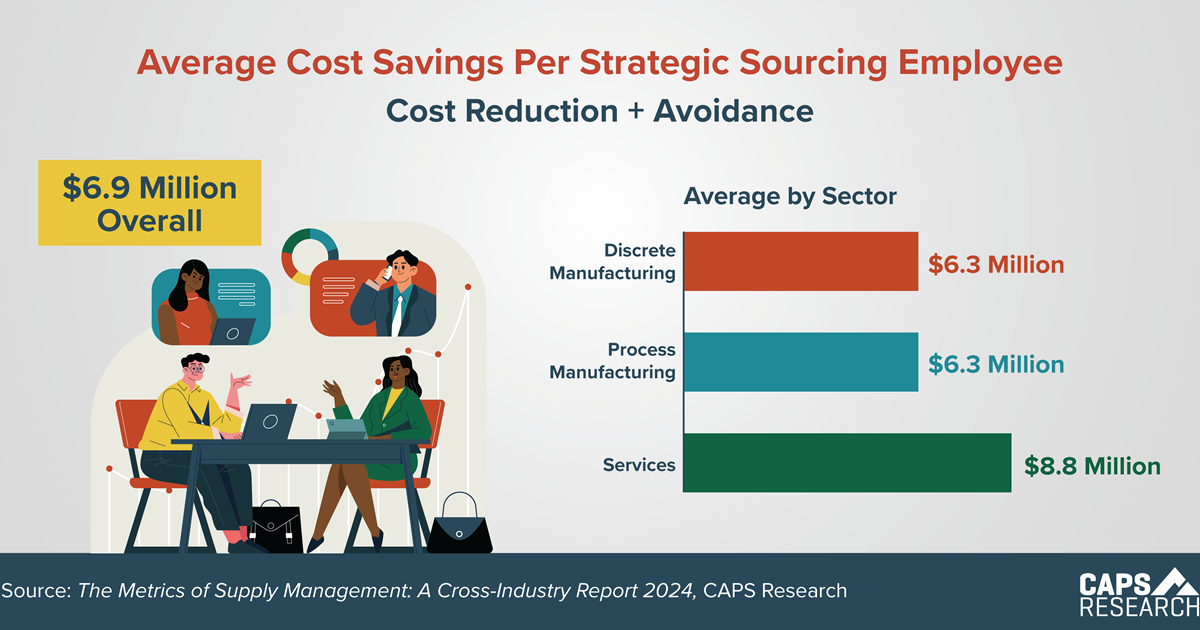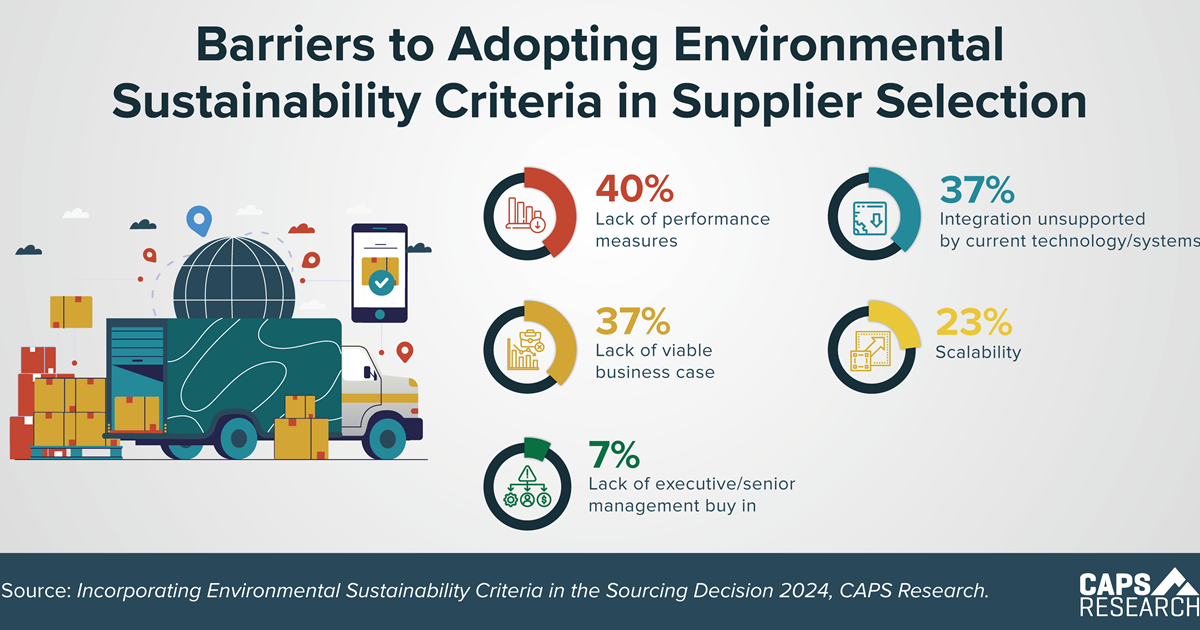Supply management ROI is a simple way to communicate the value your supply management group delivers to stakeholders. The overall 2024 ROI is 731%. Another way to express ROI is for every US $1 invested in supply management, the function returned $7.31 on average in reduction + avoidance savings. What other function can claim this type of return?
Top Inventory Performance Metrics
The second annual CAPS Research Metrics of Inventory Management report reveals the top 3 inventory performance metrics tracked are Average Inventory Value, Inventory Accuracy Rate, and Inventory Turnover Ratio. Average Inventory Value is a key metric allowing inventory managers to better align their strategies with overall business objectives.
Strategic vs. Transactional Buying
Transactional buying remains the biggest focus for supply management headcount, claiming 29% of resources. Strategic sourcing has the potential to produce greater value, but these resources are a smaller portion of the team mix at 23% overall.
Payment Terms
Across the manufacturing and service sectors the largest percentage of companies, 31%, use 45-day payment terms. Meanwhile 30% use 30-day terms, 27% use 60-day terms, 11% use 90-day terms, and only 1% report using 120-day terms.
Implementing Advanced Analytics
CAPS Researchers created a 4-step roadmap for the successful adoption and implementation of advanced analytics in supply chain. With the growing importance of data analytics supporting SCM decision-making, it’s critical that companies know the steps to effectively implement advanced analytics.
Organizational Design
Over the past couple of years, the Metrics of Supply Management Report shows there has been a slight increase in Center-led companies (+6%) and a decrease in Decentralized (-6%). Companies that undergo organizational structure changes as part of an enterprise-wide initiative or market-driven decision face a huge endeavor, but data indicates these changes don’t happen frequently.
Average Cost Savings
Cost savings is a powerful KPI for demonstrating the value of supply management to the business. On average, supply management employees are delivering $6.9 million in total savings. How does your team compare?
Spend Per Category Manager
Across industries, category management employees comprise an average of 18% of the total supply management headcount. As more companies embrace a formal category strategy approach and invest in this strategic role it opens the door for increased spend and savings per FTE, in addition to increased protection from risk. How does your company compare?
Headcount in Strategic Roles
According to the 2024 CAPS Metrics of Supply Management report, 28.6% of the total headcount is in the tactical role of transactional buying. As companies identify priorities and fill gaps, strategic hires of supply management professionals should help decrease the number of tactical roles that could be moved to a shared services group.
Barriers to Sustainability
Lack of performance measures (40%), lack of business case (37%), and unsupported system integrations (37%) are the primary barriers to adopting sustainability criteria in supplier selection according to a recent study released by CAPS Research. These numbers will likely persist until universal sustainability standards and a clear business case motivate companies to integrate initiatives into their sourcing processes.
Non-members can receive the report of each survey they submit.
Members can access all reports, but are encouraged to submit surveys to
increase the comparative breakouts only they receive.









